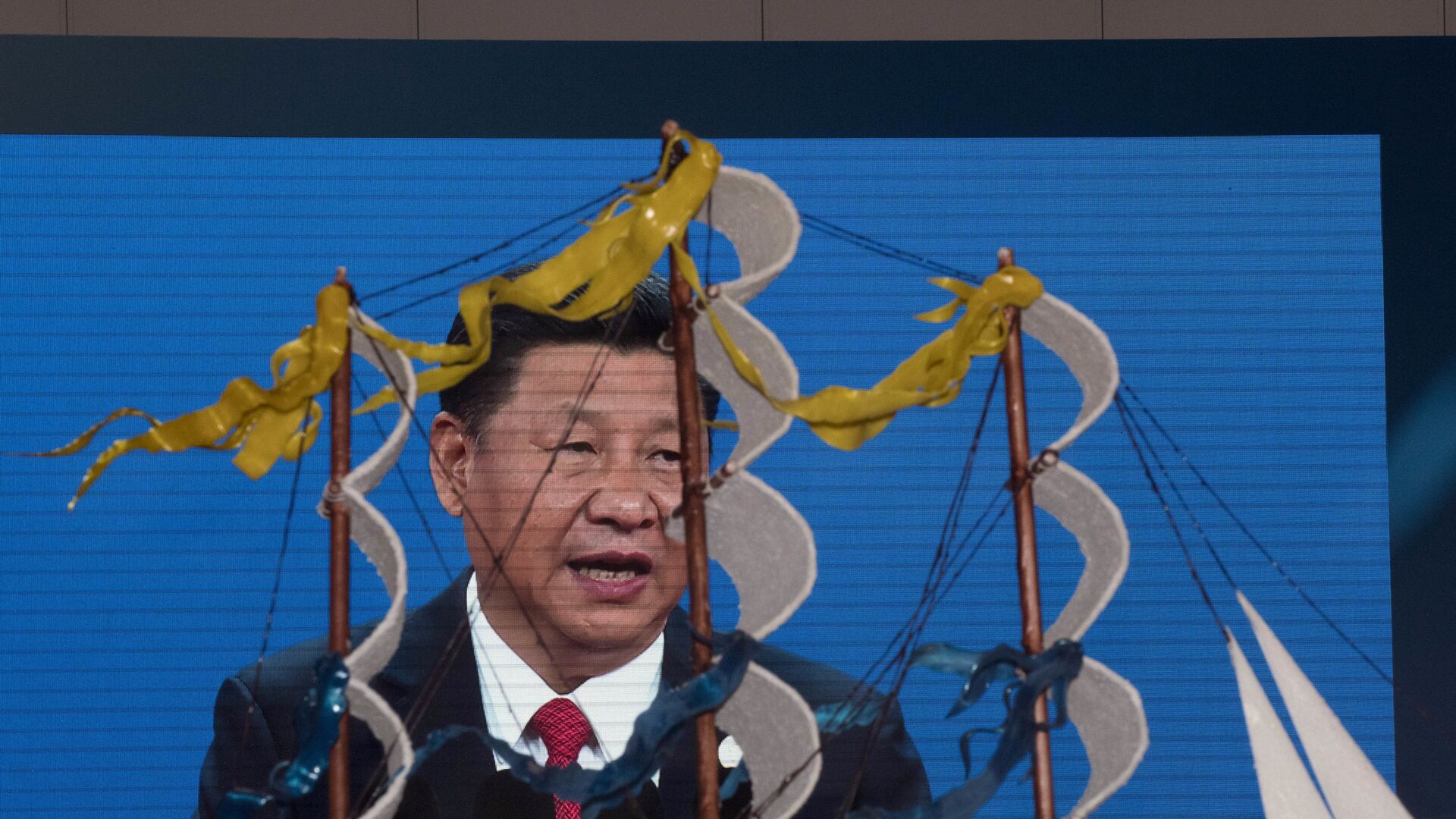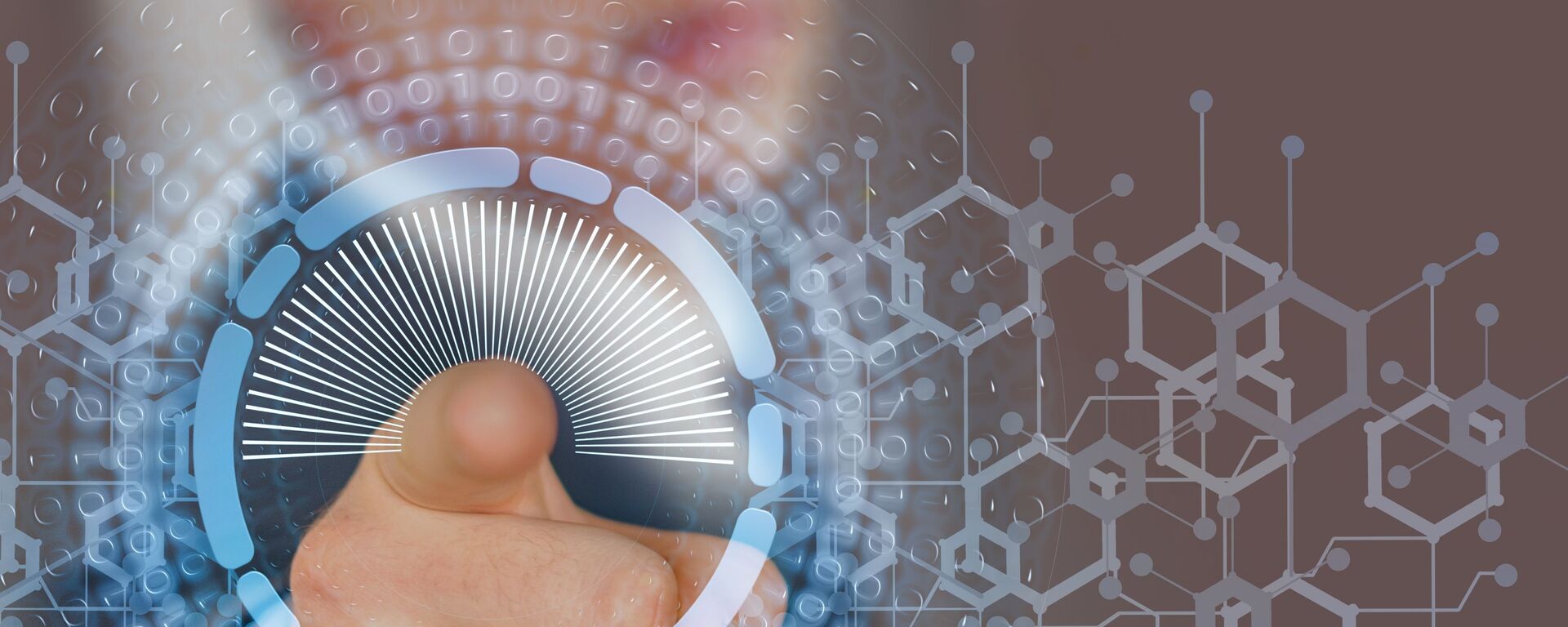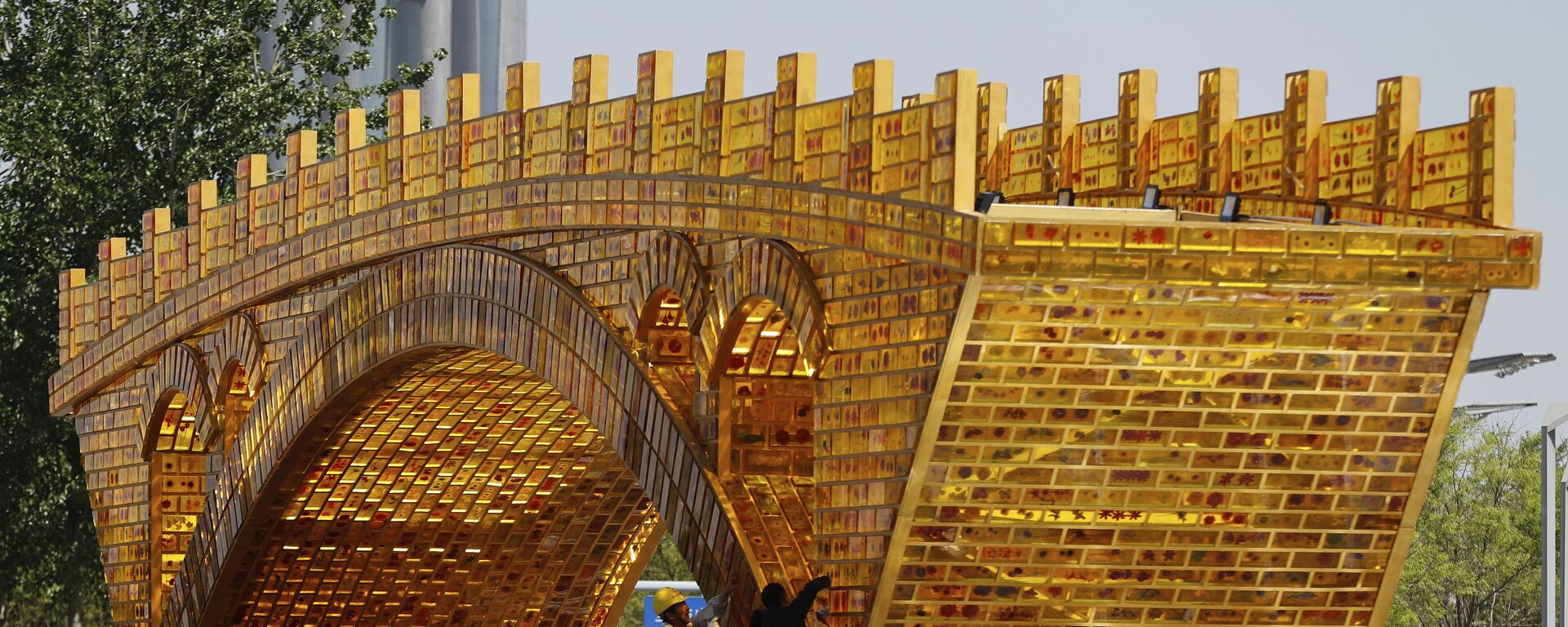https://sputnikglobe.com/20211115/eu-to-rival-chinas-belt-and-road-initiative-with-its-own-infrastructure-plan-1090754303.html
EU to Rival China's Belt and Road Initiative With Its Own Infrastructure Plan
EU to Rival China's Belt and Road Initiative With Its Own Infrastructure Plan
Sputnik International
The Belt and Road Initiative (BRI), or the "New Silk Road", is a series of overland and maritime connectivity and infrastructure projects being developed... 15.11.2021, Sputnik International
2021-11-15T17:48+0000
2021-11-15T17:48+0000
2023-02-09T11:44+0000
g7
china
silk road
one belt one road
build back better
european union (eu)
https://cdn1.img.sputnikglobe.com/img/105583/11/1055831174_0:0:5275:2967_1920x0_80_0_0_ae965adcbf041f271bec5a9f423b1aef.jpg
The European Union (EU) will this week announce its own infrastructure plan to fund connectivity and other projects in low and middle-income countries, Nikkei Asian Review reported on Monday.The EU's so-called Global Gateway will reportedly compete with China’s ambitious Belt and Road Initiative (BRI). In the Indo-Pacific (Asia-Pacific) region, the EU’s new plan will focus on boosting digital connectivity among the region's countries and developing common regulations around artificial intelligence - among other things - according to the draft of the new plan.The EU will also “explore” connectivity partnerships with the 10-country Association for South-East Asian Nations (ASEAN) as part of the new plan.The new global infrastructure plan is in line with the tenets of EU’s Indo-Pacific Strategy (launched in April this year), which has called for boosting engagement with partner countries in the Asia-Pacific region to enhance collective security and prosperity.The draft states that the global connectivity must be “in line with Europe's norms, standards and values".The draft also says that the Brussels-headquartered EU would like to “reduce strategic dependencies” on other countries, amid the global reliance on China as well as Taiwan (self-governed province of China) for semiconductors, which have military and civil applications.According to trade groups, 75 percent of the global semiconductor manufacturing is based in China and Taiwan.The EU's infrastructure plan has been some time in the making, with the bloc members having expressed concerns over Beijing’s financing model in handing out loans to developing countries under its BRI initiative, formerly known as the One Belt One Road (OBOR) programme.Once finalised, the EU initiative will join the US-led Build Back Better World (B3W) plan in rivalling growing Chinese economic clout across the world and plug the $40 trillion infrastructure financing gap in the developing world.Backed by the G7 bloc, B3W aims to “mobilise private-sector capital in four areas — climate, health and health security, digital technology, and gender equity and equality”, according to the official statement.The BRI was announced by Chinese President Xi Jinping in 2013 and Beijing pledged a sum of around $124 billion towards BRI in 2017. The overall Chinese investments in BRI projects could reach $1.3 trillion by 2027, American consultancy Morgan Stanley claims.
https://sputnikglobe.com/20210416/challenge-or-opportunity-how-chinas-digital-silk-road-may-change-global-technology-order-1082641074.html
https://sputnikglobe.com/20210615/three-reasons-why-g7s-build-back-better-world-plan-is-no-competition-for-chinas-bri--1083155176.html
china
Sputnik International
feedback@sputniknews.com
+74956456601
MIA „Rossiya Segodnya“
2021
News
en_EN
Sputnik International
feedback@sputniknews.com
+74956456601
MIA „Rossiya Segodnya“
Sputnik International
feedback@sputniknews.com
+74956456601
MIA „Rossiya Segodnya“
g7, china, silk road, one belt one road, build back better, european union (eu)
g7, china, silk road, one belt one road, build back better, european union (eu)
EU to Rival China's Belt and Road Initiative With Its Own Infrastructure Plan
17:48 GMT 15.11.2021 (Updated: 11:44 GMT 09.02.2023) The Belt and Road Initiative (BRI), or the "New Silk Road", is a series of overland and maritime connectivity and infrastructure projects being developed across the world with the financial backing of China. Nearly 140 countries, including those in Europe, Asia and South America among others, have signed up for the BRI so far.
The European Union (EU) will this week announce its own infrastructure plan to fund connectivity and other projects in low and middle-income countries,
Nikkei Asian Review reported on Monday.
The EU's so-called Global Gateway will reportedly compete with China’s ambitious Belt and Road Initiative (BRI). In the Indo-Pacific (Asia-Pacific) region, the EU’s new plan will focus on boosting digital connectivity among the region's countries and developing common regulations around artificial intelligence - among other things - according to the draft of the new plan.
The EU will also “explore” connectivity partnerships with the 10-country
Association for South-East Asian Nations (ASEAN) as part of the new plan.
The new global infrastructure plan is in line with the tenets of EU’s Indo-Pacific Strategy (launched in April this year), which has called for boosting engagement with partner countries in the Asia-Pacific region to enhance collective security and prosperity.
The draft states that the global connectivity must be “in line with Europe's norms, standards and values".
The draft also says that the Brussels-headquartered EU would like to “reduce strategic dependencies” on other countries, amid the global reliance on China as well as Taiwan (self-governed province of China) for semiconductors, which have military and civil applications.
According to trade groups, 75 percent of the global semiconductor manufacturing is based in China and Taiwan.
The EU's infrastructure plan has been some time in the making, with the bloc members having expressed concerns over Beijing’s financing model in handing out loans to developing countries under its BRI initiative, formerly known as the One Belt One Road (OBOR) programme.
“We see China using economic and financial means to increase its political influence everywhere in the world. It's useless moaning about this, we must offer alternatives,” Germany's foreign minister Heiko Maas was quoted as saying by Reuters in June this year.
Once finalised, the EU initiative will join the US-led Build Back Better World (B3W) plan in rivalling growing Chinese economic clout across the world and plug the $40 trillion infrastructure financing gap in the developing world.
Backed by the
G7 bloc, B3W aims to “mobilise private-sector capital in four areas — climate, health and health security, digital technology, and gender equity and equality”, according to the official statement.
The BRI was announced by Chinese President Xi Jinping in 2013 and Beijing pledged a sum of around $124 billion towards BRI in 2017. The overall Chinese investments in BRI projects could reach $1.3 trillion by 2027, American consultancy Morgan Stanley claims.



